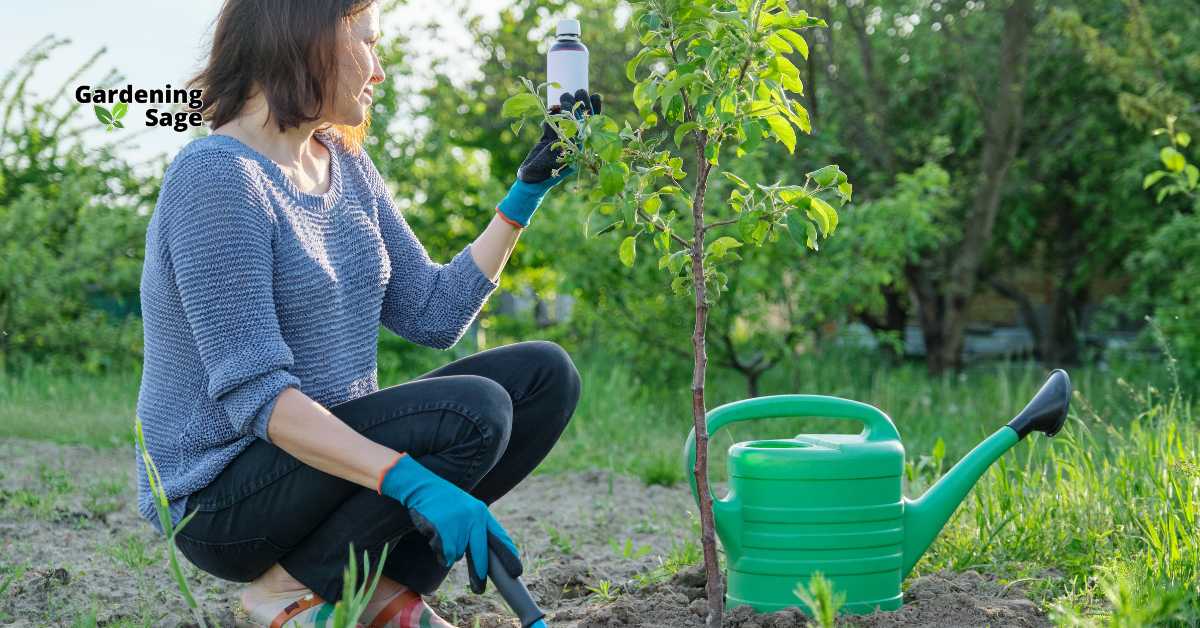Welcome to the lush universe of gardening, where the foundation of a thriving haven lies beneath the surface – in the health of your soil.
In this exploration, we unravel the secrets of soil preparation, delve into the crucial connection between soil health and plant protection, and guide you through sustainable practices that ensure a pest-resistant garden. Brace yourself for a journey where every word sown is a step toward a green sanctuary.
The Art of Soil Preparation: Building the Garden’s Backbone
In the grand tapestry of gardening, soil preparation stands as the canvas upon which your green masterpiece unfolds.
Enriching your soil with organic matter is the inaugural stroke – compost, well-rotted manure, and other organic amendments become the pigments that breathe life into the canvas. This isn’t merely about aesthetics; it’s about creating an environment where plants not only survive but thrive.
Beyond the surface, maintaining the pH balance is the rhythm that ensures your plants dance to the right tune. A harmonious pH level allows for optimal nutrient absorption, fostering the health and resilience of your green companions. Picture it as the baseline that sets the tempo for a symphony of growth.
Diverse Plant Selection: The Ecosystem’s Symphony
Once the soil is primed, the stage is set for a diverse cast of characters – your plants. Cultivating a variety of plants in your garden isn’t just for visual appeal; it’s a strategic move. A diverse garden becomes an ecosystem, each plant playing a role in the intricate web of interactions.
This biodiversity isn’t just about aesthetics; it’s about defense. Beneficial insects, drawn to the diversity of your garden, become the unsung heroes in your pest-resistant narrative.
Ladybugs, lacewings, and predatory beetles – the guardians of your green sanctuary, preying on pests and maintaining the delicate balance.
Beneath the Surface: The Guardians Within
Beneficial Microorganisms: The Silent Protectors
The soil, beneath its surface, harbors a bustling community of microorganisms – the silent protectors of your garden. Mycorrhizal fungi and bacteria forge alliances with your plants, enhancing nutrient absorption, improving soil structure, and creating a robust defense against harmful pathogens.
In this subterranean world, the health of your soil becomes a natural barrier against pests. As these microorganisms flourish, they create an environment where the invaders find it challenging to establish a foothold. It’s a biological dance where balance is the key, and your soil is the stage.
As your garden’s choreographer, Integrated Pest Management (IPM) orchestrates a holistic ballet of control measures. Biological controls, cultural practices, and mechanical interventions take center stage, minimizing the reliance on chemical pesticides.
Picture this as a performance where each dancer has a specific role. Beneficial insects play the lead, cultural practices disrupt the life cycles of pests, and mechanical interventions act as the supporting ensemble. It’s a choreography that maintains the harmony of your garden, ensuring its longevity.
Sustainable Practices: Nurturing for Tomorrow
The final act in this gardening epic is sustainability. Mulching, a practice often overlooked, emerges as the unsung hero. Beyond its role in moisture retention and weed suppression, organic mulches contribute to the continuous enrichment of the soil. Picture it as the encore, leaving the audience with a lasting impression.
However, sustainability extends beyond mulching. It’s a commitment to avoiding the over-reliance on chemicals. While chemical pesticides offer quick solutions, the long-term impact on soil health can be devastating.
Embrace natural alternatives, adopt sustainable practices, and witness the resilience of a garden that thrives without compromise.














